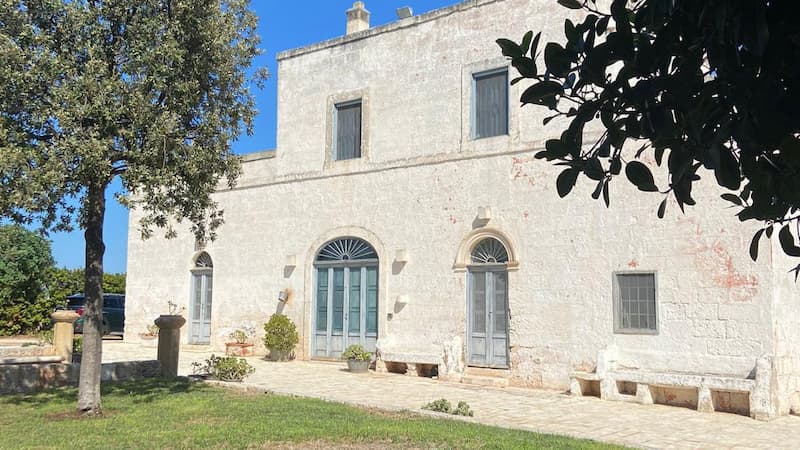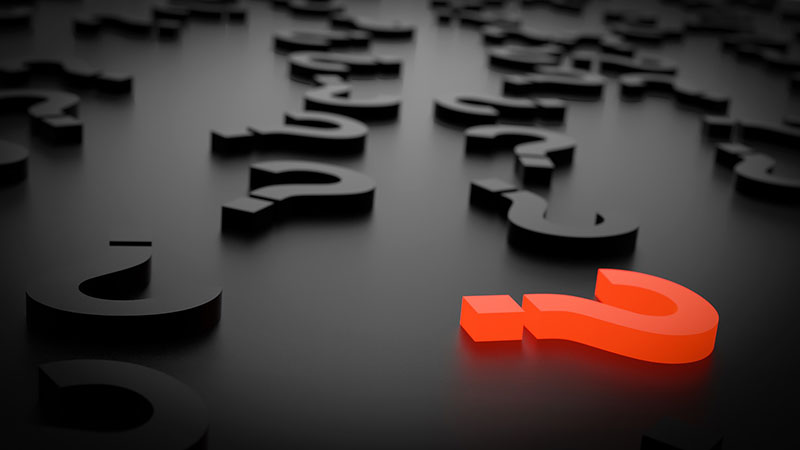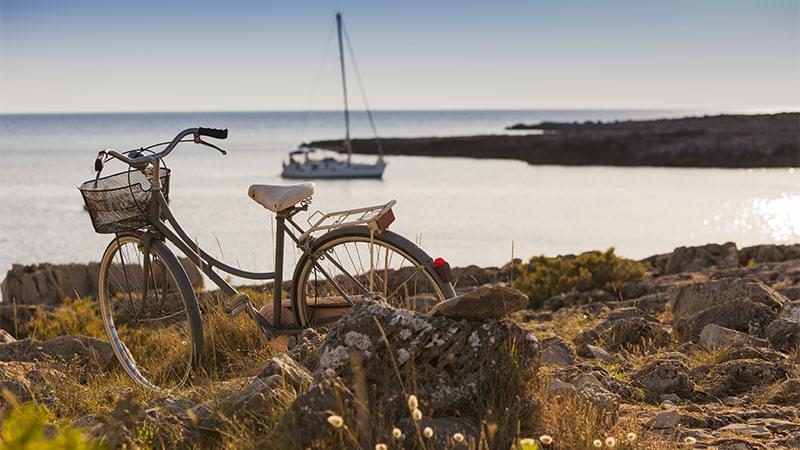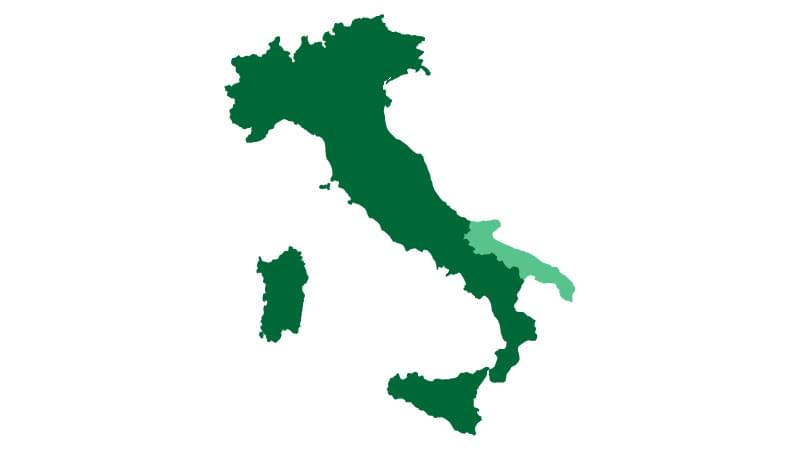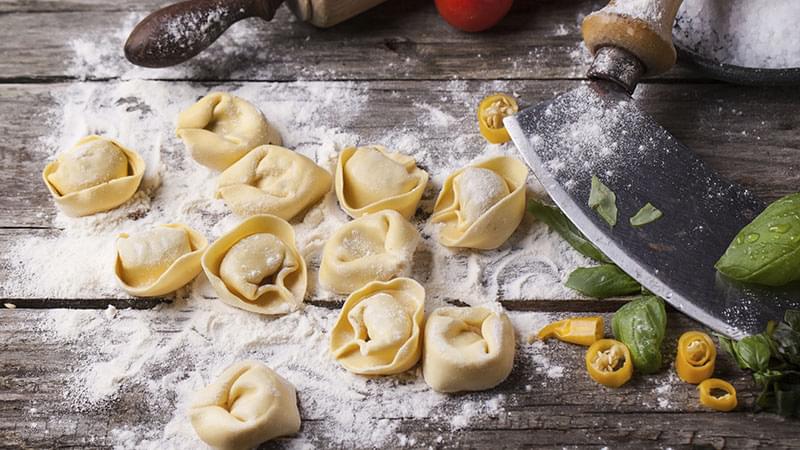The Collection
First Room:
In the first room, there is a Latin inscription commemorating the Museum's founders. There are mostly terracotta vases with geometric decorations from the Peucetian period (the seventh and sixth centuries BC). A massive jar, reassembled and once used for the collection of food liquids, sits in the center of the room. A stuffed sarcophagus has been reconstructed beneath the large window, with unpainted finds inside. Next to the sarcophagus are two inscriptions engraved on Roman sepulchral plates from the 2nd century: The first inscription gathers the spouses Marcus Licinius Hermogenes and Licinia Charite's dedication to their son, who died when he was seven years old; the second inscription shows Julia Eutaxia's dedication to her husband.
Second Room:
The second and largest room contains approximately 700 vases of Greek or local production. The vases were made using the red figures or red images on a black background technique. A large crater containing masks from the fourth century BC. depicting Apollo in the act of shooting arrows at the Niobids, the work of the Baltimore Painter, can be seen at the entrance to the room. The vase is flanked by two amphorae from the same period, but by the painter Lycurgus: the first depicts Heracles in the temple with Antigone and Creon, as well as the fight between Amazons and warriors around Heracles; the second, instead, depicts the Nereids delivering weapons to Achilles.
Third Room:
The white marble bust of Giovanni Jatta junior, who founded the Museum, stands out in the third room, which contains over 400 pieces. The first vase is a Proto-Italian crater from the 4th century BC. on which Cicno and Ares' chariot are depicted in an interesting frontal perspective.
Fourth Room:
Despite being the smallest, the fourth room houses the most valuable finds, numbering around 270. There is another marble bust here, but this one depicts Giovanni Jatta senior in toga. A pelike with the myth of the Nereids and two lebetes specimens have been preserved. There are also two volute craters, one of which depicts Bellerophon reading his death sentence and the other of which depicts a chariot race.




.jpg)
.jpg)
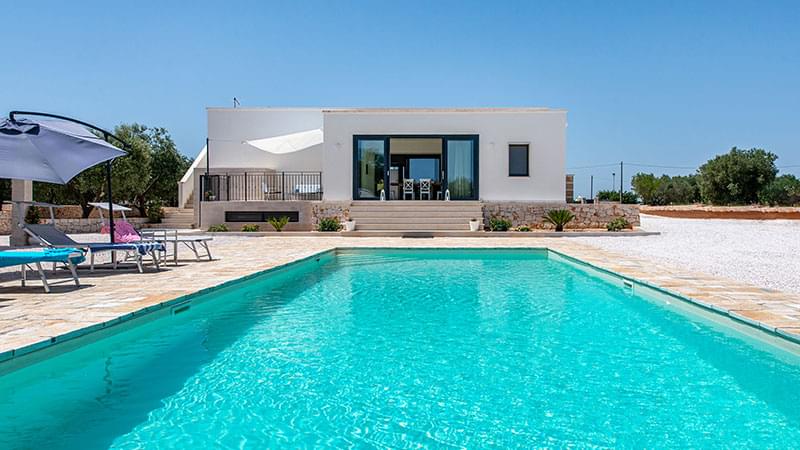

.jpg)
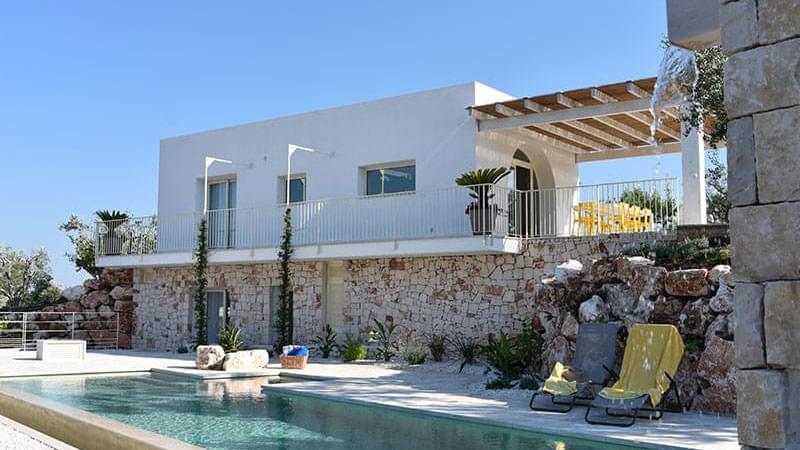
.jpg)
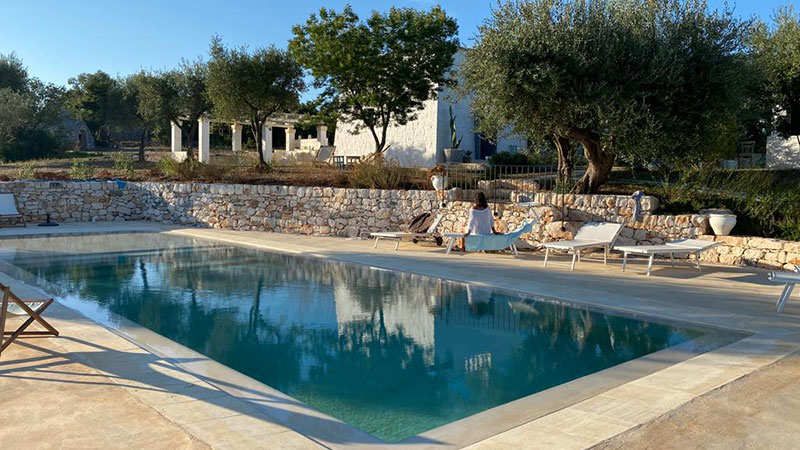
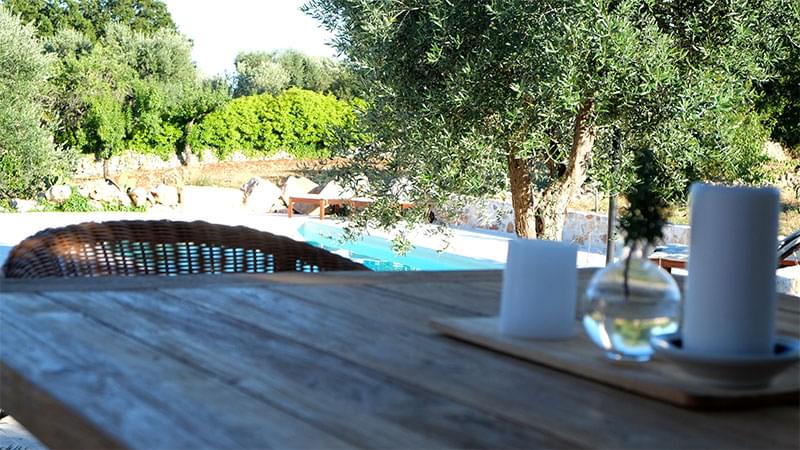

.jpg)
.jpg)
.jpg)
